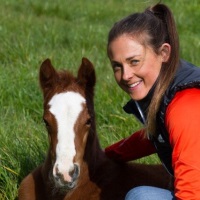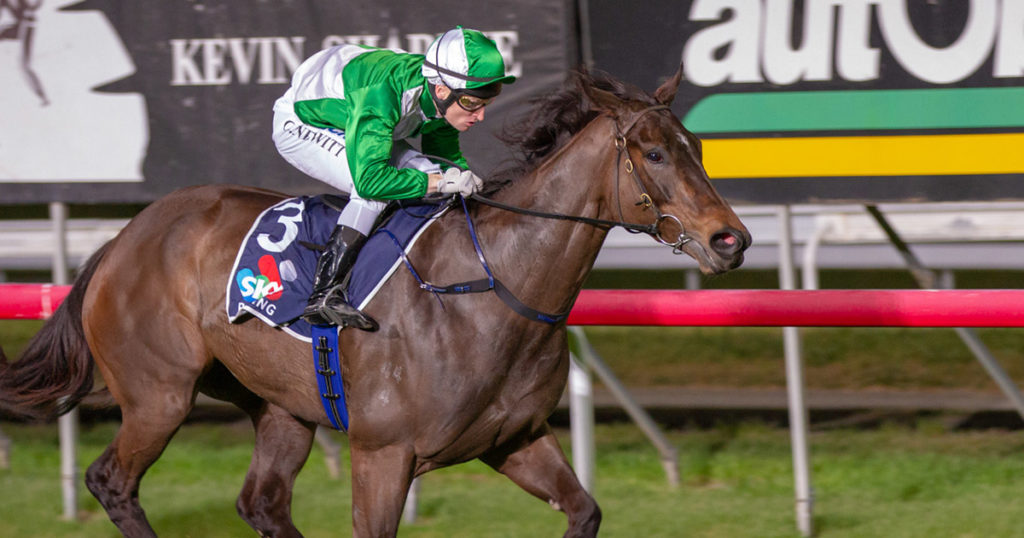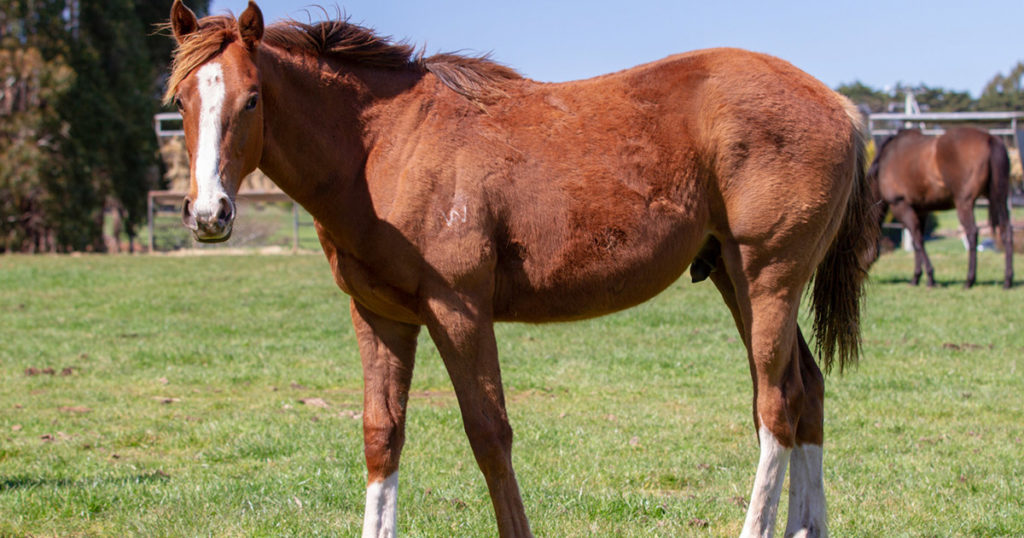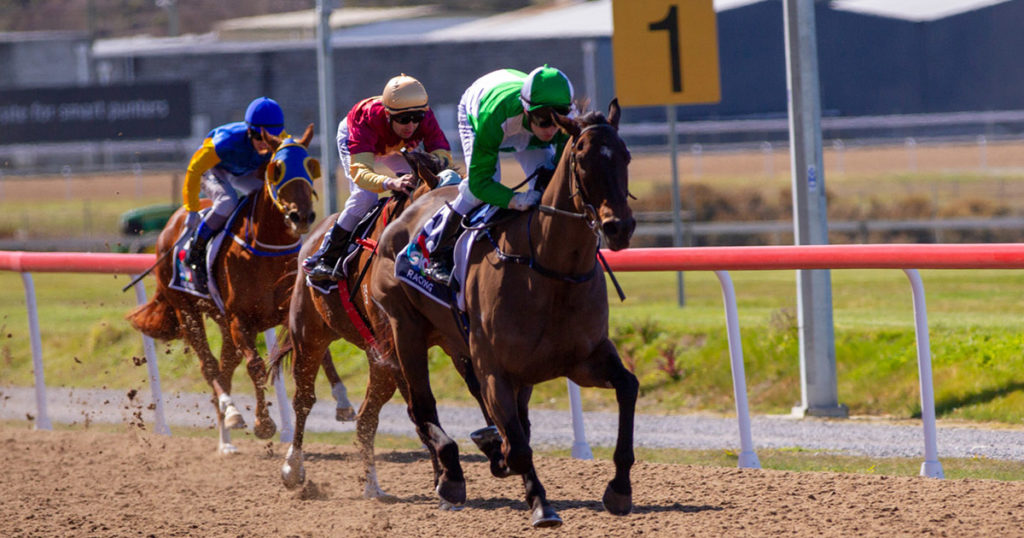It’s now that time of year in the Southern Hemisphere where the yearling sales season is gearing up.
Understandably, much emphasis is placed on the vendor’s side in realising maximal monetary value for their yearlings. From a purchaser’s point of view, finding a top class racehorse is prime priority.
This poses the question…are we creating (and purchasing) resilient racehorses or superficial sales horses?
When producing and purchasing a sales horse, both the vendor and buyer should never lose sight of the bigger picture. In order for even the most impeccably bred and conformed racehorse to realise its full potential, it must be healthy and sound, and remain so when put through the rigours of training and racing. Given the crucial role that management practices from conception through to yearling age (and beyond) have on horses in relation to health and soundness- intelligent vendors and purchasers will keep this in mind.
As bloodstock agents and trainers inspecting yearlings on farms- how much are you considering the routine and the environment the horse is bought up in? How much time is the horse spending (if any) being out in the paddock just being a horse? What feed it is being given? Certainly, when you’re looking at a yearling, assessing its conformation, its walk, its demeanour are all important, but you looking beyond that? As stud owners and yearling managers- you worry about how well the horse is groomed, turned out, presented, walks, how tidy the barn is. Yes these are important, but what is far more important in terms of athletic potential and health and development is the daily routine that goes on behind the scenes…
The astute agent and buyer will look well beyond the horse parading in front of them if they truly want an athletic, resilient horse.
So what impact can a sales prep have on a horse…..
Firstly, lets look at routine stabling of horses for yearling preps. Stabling (and the associated lack of incidental activity, even with the addition of regular handwalking/exercise on the walker), leads to reduction in peak bone strength and development. The lack of continual grazing which would normally occur whilst out in the paddock has significant impacts on gastrointestinal health, in turn influencing immune function, metabolism and behaviour. I’m a realist. Very few studs (if any!) are going to prep sales horses completely out of the paddock. So then consideration needs to be given to next best options. In terms of musculoskeletal health and development and gastrointestinal health, small paddock turnout is definitely far preferable compared to stabling full time. Large paddock turnout with other horses is even better.
Next consider nutrition. Rapid weight (even muscle gain) and the associated spikes in insulin and growth hormone levels are likely to increase a horse’s risk for OCDs and musculoskeletal developmental problems. Having the biggest, strongest horse (with rapid weight gain and growth, whilst in a confined environment, in around a 12 week preparation), does not make for a resilient, healthy athlete long term.
Whilst on the topic of nutrition, the vast majority of diets fed to horses in sales preps are of a pro-inflammatory nature. High fat diets are often used (with many of the belief that they are healthier and help to promote a better behaved horse, being a ‘cool’ source of feed). So often these diets are comprised heavily of omega-6 fatty acids. Which drive inflammation. High levels of inflammation in a young developing horse do not bode well for long-term soundness.
Then how about the consideration of medication use in the sales horse? Routine use of antibiotics, bute and other NSAIDs, ulcer medications all have the potential to influence long term soundness and performance. Each medication has its own specific implications- but put simply, they will all alter the production, absorption, and/or metabolism of various nutrients critical to optimal musculoskeletal health and development, not to mention immune function.
Corticosteroid joint injections which are used in some yearlings throughout their preps are an important consideration. Studies have shown that even a single intra-articular steroid injection can cause irreversible damage to articular cartilage and underlying bone.The reason these are so often used in yearling prep is to reduce puffiness in joints, before even considering or addressing the effects of the horse’s current diet and management on this issue. This includes reducing the inflammatory components of the diet; assessing the diet for excess energy; and looking at ways to reduce time spent standing in stables, which promotes swelling of joints in susceptible horses.
The smart consigners/breeders/managers have it fundamentally right. The astute buyers, trainers and agents have it right. Yet there is always room for improvement and more to learn.
Even changing one or two factors can have a significant positive impact.
The choice is yours. Just because you have always prepped yearlings a certain way, doesn’t mean you can’t change aspects for the better.
When preparing and buying yearlings, keep the long term goal in mind. Are you after an athlete or sales horse? Short term gain or long term success? Because no matter how good the horse looks, how nicely he is conditioned, how well he walks, how impeccably he is bred: If he can’t remain sound and healthy in training, then his odds of return on the track are poor.

Camilla Whishaw is a highly regarded, experienced horsewoman and naturopath, helping to holistically treat and manage a broad range of equine health conditions and injuries, with a passion for mare and stallion fertility.
As a world-renowned practitioner, presenter, author, and consultant in the field of Equine Naturopathy, Camilla shares her knowledge through keynote presentations, interviews, lectures, panel sessions, and workshop training.





